The Bog (2023)
Género :
Tiempo de ejecución : 0M
Director : Connor Coulborn
Sinopsis
A man wakes up in The Bog. He adjusts to the unfamiliar surroundings but he’s incapable of moving. He then begins to see things which are out of the ordinary, characters and visions which terrorise his mind, slowly breaking his resolve until it completely dissipates.
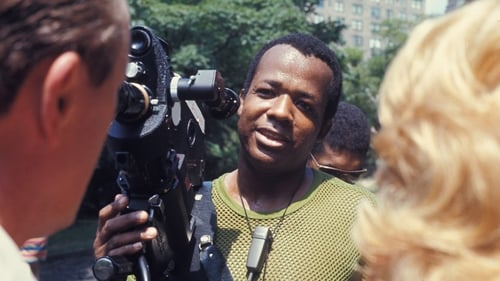
In Manhattan's Central Park, a film crew directed by William Greaves is shooting a screen test with various pairs of actors. It's a confrontation between a couple: he demands to know what's wrong, she challenges his sexual orientation. Cameras shoot the exchange, and another camera records Greaves and his crew. Sometimes we watch the crew discussing this scene, its language, and the process of making a movie. Is there such a thing as natural language? Are all things related to sex? The camera records distractions - a woman rides horseback past them; a garrulous homeless vet who sleeps in the park chats them up. What's the nature of making a movie?
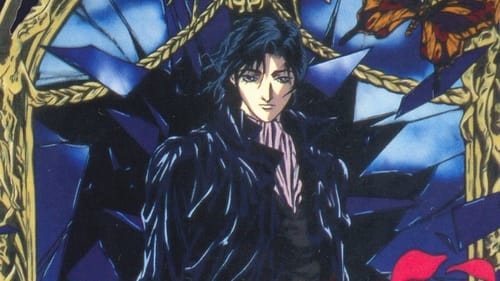
Persona Century Corporation ha comprado casi todas las parcelas de tierra en la tierra. La disensión no se tolera dentro de las fronteras de la corporación y los que se oponen a Persona son tratados rápidamente. De esos pocos lugares que aún no están bajo el control de Persona es la ciudad libre de Kabuki-cho, también conocida como "El lado oscuro de Tokio". Dentro de la ciudad, bajo el liderazgo de una mujer llamada Mai, hay un pequeño grupo de resistencia llamado Mesías. En este mundo entra un hombre que toma el sobrenombre de Kabuki-cho: Darkside. Sellado en otra dimensión hace dieciocho años por Persona Century, Darkside ahora regresa para ayudar al Mesías usando su exclusivo poder místico de renovación.
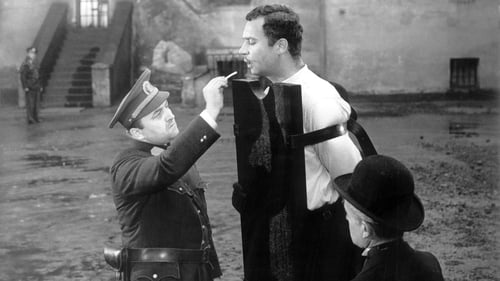
Un hombre se casa con una mujer, y ésta le es infiel. El hombre, por venganza, la asesina, siendo condenado a muerte... Aclamada película checa por su innovador sistema narrativo: todo el film está rodado al revés, comenzando por final y terminando con el principio, e incluso los diálogos están pronunciados a la inversa.
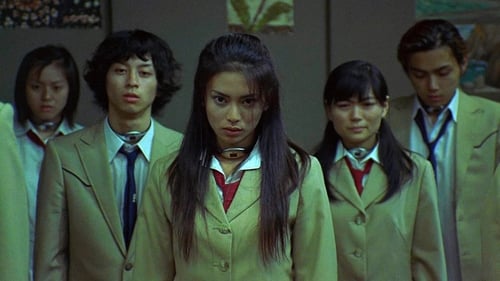
En el amanecer de un nuevo milenio, el país está al borde del colapso. Millones de personas vagan sin empleo. La violencia en la escuela está descontrolada y adolescentes rebeldes protagonizan boicots masivos. El gobierno contrataca con “Battle Royale”. Cada año, una clase es escogida al azar para que se enfrente, en una isla abandonada, a un cruel juego de supervivencia.

Siete chicas de instituto ven sus vacaciones chafadas cuando su profesor (Kiyohiko Ozaki) tiene que cancelar el viaje que tenía planeado realizar con ellas. Las cosas marchan incluso algo peor para Oshare (Kimiko Ikegami), una de las chicas, ya que recientemente su padre le ha presentado su nueva madastra (Haruko Wanibuchi), lo que no le ha hecho demasiada gracia. Mirando un álbum de fotos, Oshare se encuentra con la foto de boda de su madre a quien se la ve acompañada de su hermana (Yoko Minamida) quien nunca llegó a casarse ya que su prometido murió en la guerra. Oshare se pone en contacto con su tía y ésta la invita a ella y a sus amigas a pasar las vacaciones en su mansión en el campo. Cuando el grupo de chicas se presentan en la mansión, allí las recibe la tía de Oshare en sillas de ruedas y medio ciega. Muy pronto las chicas descubren que la mansión tiene vida propia.

Yuuko ha recibido una misteriosa invitación para una subasta. Cual es su sorpresa cuando al llegar a la mansión en la que va a celebrarse, encuentra a varios coleccionistas que también están dispuestos a pujar en ella... pero sin embargo el anfitrión y anónimo remitente de las invitaciones no aparece. La situación da un giro inesperado cuando los coleccionistas empiezan a desaparecer, tras lo cual Watanuki, Doumeki y Yuuko se verán envueltos una serie de extraños sucesos... ¿qué es lo que realmente esconde esta lúgubre mansión?

An animation film, made without the use of a camera, in which "boogie" played by Albert Ammons and "doodle" drawn by Norman McLaren combine to make a rhythmic, brightly colored film experiment. The main title is in eight languages.
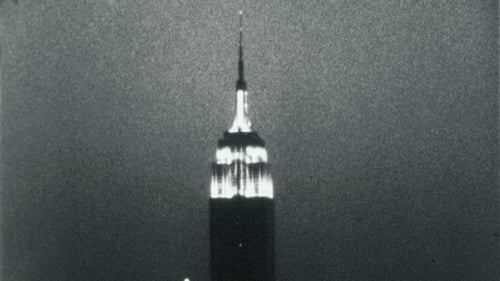
Experimental film consisting of a single static shot of the Empire State Building from early evening until nearly 3 am the next day.
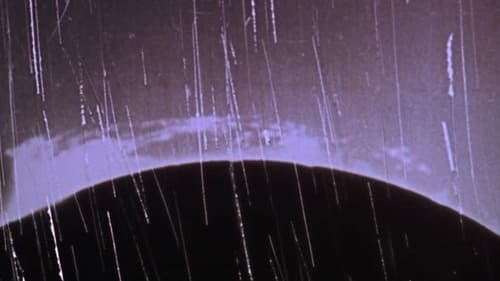
A creation myth realized in light, patterns, images superimposed, rapid cutting, and silence. A black screen, then streaks of light, then an explosion of color and squiggles and happenstance. Next, images of small circles emerge then of the Sun. Images of our Earth appear, woods, a part of a body, a nude woman perhaps giving birth. Imagery evokes movement across time. Part of the Dog Star Man series of experimental films.

This animated short film attempts to answer the eternal questions, What is dying? and How does it feel? Based on recent studies, case histories and some of the ancient myths, the afterlife state is portrayed as an awesome but methodical working-out of all the individual's past experiences. Film without words.

Kinoautomat was the world's first interactive movie, conceived by Radúz Činčera for the Czechoslovak Pavilion at Expo '67 in Montreal. At nine points during the film the action stops, and a moderator appears on stage to ask the audience to choose between two scenes; following an audience vote, the chosen scene is played.

Frente el museo de Chéjov, un joven hombre tiene un encuentro místico con un fantasma que bien podría ser el del mismo Chéjov. (FILMAFFINITY)

An experimental short film by Walerian Borowczyk and Jan Lenica.
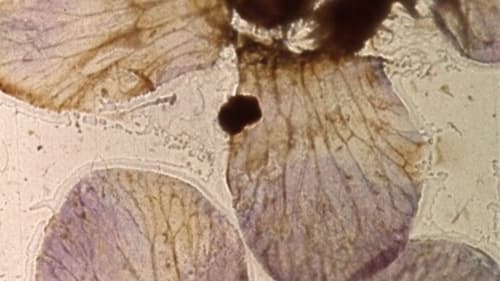
Seemingly at random, the wings and other bits of moths and insects move rapidly across the screen. Most are brown or sepia; up close, we can see patterns within wings, similar to the veins in a leaf. Sometimes the images look like paper cutouts, like Matisse. Green objects occasionally appear. Most wings are translucent. The technique makes them appear to be stuck directly to the film.

In 1944 Lye moved to New York City, initially to direct for the documentary newsreel The March of Time. He settled in the West Village, where he mixed with artists who later became the Abstract Expressionists, encouraged New York’s emerging filmmakers such as Francis Lee, taught with Hans Richter, and assisted Ian Hugo on Bells of Atlantis. Color Cry was based on a development of the “rayogram” or “shadow cast” process, using fabrics as stencils, with the images synchronized to a haunting blues song by Sonny Terry, which Lye imagined to be the anguished cry of a runaway slave. —Harvard Film Archive

Early Abstractions is a collection of seven short animated films created by Harry Everett Smith between 1939 and 1956. Each film is between two and six minutes long, and is named according to the chronological order in which it was made. The collection includes Numbers 1–5, 7, and 10, while the missing Numbers 6, 8, and 9 are presumed to have been lost.

Takashi Makino’s source of inspiration, our place in the world and the universe, never seems to dry up in view of the never-ending flow of immersive films. Generator may well be the earthiest of his films so far, made as a reaction to the Fukushima disaster. A reality check, but in the world that Makino shows, this can never be achieved without looking inwards too.

ĀTMAN is a visual tour-de-force based on the idea of the subject at the centre of the circle created by camera positions (480 such positions). Shooting frame-by-frame the filmmaker set up an increasingly rapid circular motion. ĀTMAN is an early Buddhist deity often connected with destruction; the Japanese aspect is stressed by the devil mask of Hangan, from the Noh, and by using both Noh music and the general principle of acceleration often associated with Noh drama.

"Single Frame sequences of TV or film images, with periodic distortions of the image. The images are airplanes, women men interspersed with pictures of texts like: 'silence, genius at work' and 'ich liebe dich.' The end credit is 'Television décollage, Cologne, 1963."

In an endless loop, unexposed film runs through the projector. The resulting projected image shows a surface illuminated by a bright light, occasionally altered by the appearance of scratches and dust particles in the surface of the damaged film material. This a film which depicts only its own material qualities; An "anti-film", meant to encourage viewers to focus on the lack of concrete images.


















